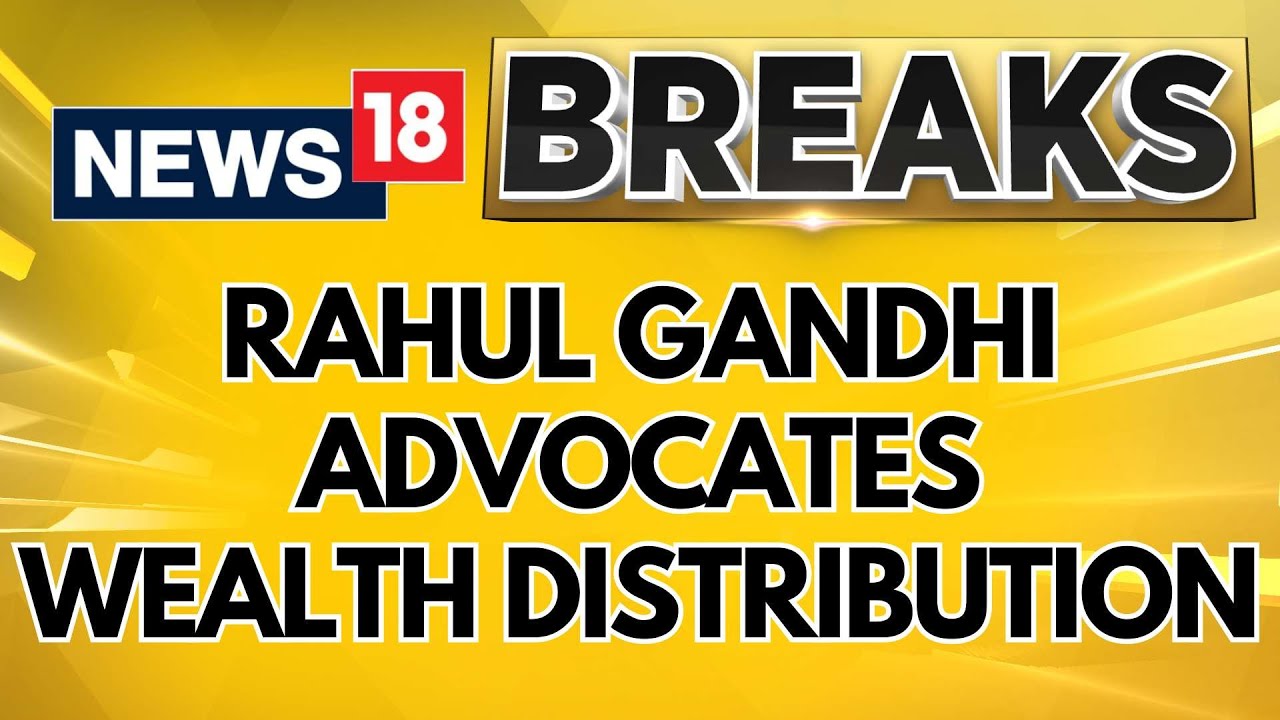
D-STREET GOES SHORT ON FEAR, VIX PLUNGES 20%
Mumbai: The Volatility Index or VIX - stock market's fear gauge - unexpectedly plunged nearly 20% on Tuesday, as strengthening expectations of the BJP-led National Democratic Alliance winning by a wide margin in the upcoming general elections further boosted risk-on sentiment in the market. Analysts said an imminent change in the lot size of Nifty derivative contracts from Friday could have also contributed to Tuesday's drop in the VIX - the third-largest fall in a day.
"The drop in VIX is unprecedented, as previously readings of VIX near 8-9% were seen when markets were making a top. This is showing that traders have become overly positive about the upcoming days."
VIX, an index based on Nifty option premiums, is a measure of traders' perception of near-term risks to the market. When traders foresee higher uncertainty, VIX increases and vice-versa. In the past, VIX has tended to spike in the run-up to key events, like elections, when the outcomes tend to be uncertain. Soon after the election outcomes, VIX plunges with the uncertainty out of the way.
"Usually, option premiums stay highest during the month of polling until the day of the announcement of results," said Srivastava. "Last elections, we saw a movement of about 3% on results day, and a movement of about 7-8% in 2014, but this time the market has eliminated the outlook of a single-day movement and has already priced in and discounted the gains of the election results."
The drop in VIX on Tuesday was unprecedented and may be signalling that the market is complacent, said analysts. "This fall (in VIX) ahead of elections is unique because it always moves up before the announcement of the poll results," said Rajesh Palviya, head of technical and derivatives research at Axis Securities. "It also indicates that the market is confident or even overconfident about the outcome of the elections."
The Sensex and the Nifty ended 0.1% higher on Tuesday in a choppy session, while the mid-cap and small-cap indices surged over 1% each.
The VIX has mostly traded in the band of 11-14 in recent months. It hit a high of 16.7 in February before sliding to current levels. The gauge closed at 10.19 on Tuesday. In the past five years, the highest level that VIX has surged to was 86 in March 2020 - at the start Covid.
"VIX is trading at the lower range of its price band, which may not sustain as going ahead any uncertainty or event can lead to a pullback," said Palviya.
A change in the lot size for Nifty options from the expiry of April contracts on Thursday also added to the fall in VIX.
"The lot size of Nifty have been cut from 50 to 25 starting the May expiry. This will lead to an increase in liquidity and a reduction of the bid-ask spread of OTM (Out of the Money) call and put options," said Apurva Sheth, head of research at Samco Securities. "The reduction in spreads may have led to a fall in India VIX calculation which considers both the near and next month's OTM option premiums for calculations."
Analysts said signs of receding tensions in West Asia is also easing uncertainty. "We saw a fall in India VIX as the tensions related to a war between Iran and Israel have subsided, along with the results of market heavyweights like Infosys, HDFC Bank and RIL already declared, which has reduced volatility," said Ruchit Jain, lead research analyst at 5Paisa.com. "Premiums have declined in both call and put sides, which is beneficial for option sellers but negative for option buyers, as the move in premium has been disproportionate."
